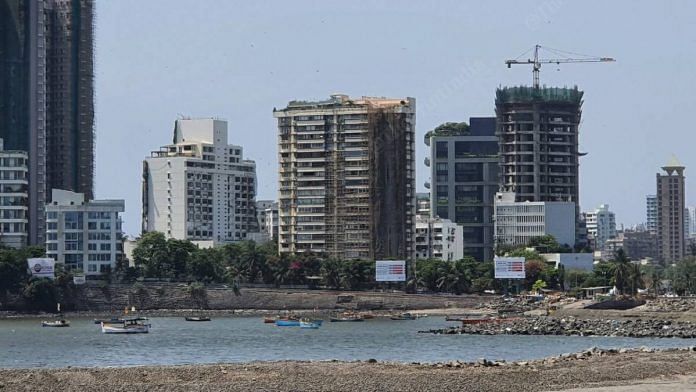Mumbai: India’s central-bank move to pump more cash in the credit market has improved the health of shadow lenders, helping to assuage concerns about their revival prospects.
Average spreads on the lenders’ AAA rated five-year bonds fell by the most in four months in October. Three other indexes tracking shadow bank sector health compiled by Bloomberg, ranging from banking-system liquidity to outstanding debt and share performance, all remained steady.
Given the reach of shadow banks into most areas of the Indian economy, from small business owners to large conglomerates, easier borrowing conditions are good news. Growth in Asia’s third-largest economy is crawling back after suffering its worst quarterly contraction on record.
Still, concerns remain. In a rare move, the Reserve bank of India this week turned to a foreign bank to help bail out India’s Lakshmi Vilas Bank Ltd. This latest episode highlights how India’s financial market remains fragile after the country in March seized its fourth-largest private lender.
Last month, the RBI said it will finance at least 1 trillion rupees ($13.4 billion) of corporate-bond purchases by banks and use a mix of tools to keep debt yields under control. To top it up, the government last week broadened its economic package by extending a credit guarantee program for virus-hit small and mid-sized businesses.
Despite the various efforts by Indian authorities, there are lingering concerns among investors that bad debt may increase in the non-bank sector as the shock waves from the pandemic looms. Bajaj Finance Ltd., a major shadow lender, last month almost tripled the amount it set aside for soured loans just as nation’s lenders struggle with the world’s worst bad loan ratio.
The scores attached to each of the indicators have been calculated by Bloomberg by normalizing the deviation of the latest value of the indicator from its yearly average. They are assigned on a scale of 1 to 7, with 1 implying weakness and 7 showing strength.- Bloomberg
Also read: Lakshmi Vilas institutional investors to oppose RBI’s proposal to merge bank with DBS






